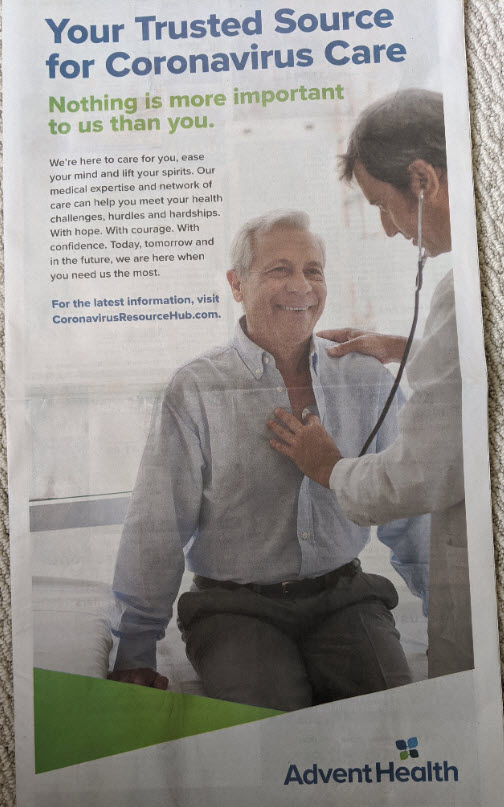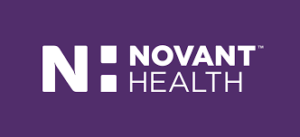Unhealthy Healthcare Advertising.
Healthcare branding is my jam. I know, I know, it sounds sort of geeky and sans luster but it really is a deep and emotional category. When I first dabbled, I expected it would be a downer. Most healthcare organizations, especially systems, couldn’t find their ass with their hands when it came to promoting – let alone positioning. But over the last 15 years or so, brand craft in healthcare has inched forward. Sadly, not everywhere.
Two local health systems here in North Carolina like to promote how thoroughly they cater to their patients. How the patient is job-one. (Here’s a secret, that’s the promise of 70% of hospital systems out there.) Today I read an ad from one of these systems Advent Health that spoke about Corona Virus preparedness. The headline “Your trusted source for Corona Virus Care,” sat atop a subhead “Nothing is more important to us than you.” The copy contained more promise, no a lick of proof.
Most healthcare orgs. and systems don’t have a brand strategy – a discrete framework of value. A claim and proof array, as I refer to it. Had Advent a brand strategy, they would have been able to write an ad that was not simply unsubstantiated claim, but was an evidentiary tale. Filled with reasons to believe/
Poor or non-existent brand strategy leads to poor paid communications.
It’s crime. It’s a waste. Frankly, it’s unhealthy.
Peace.





